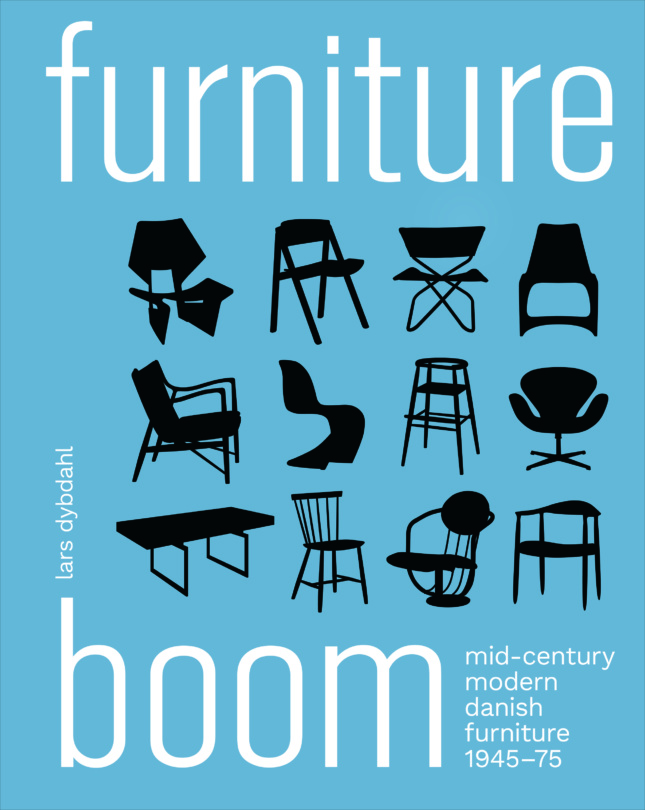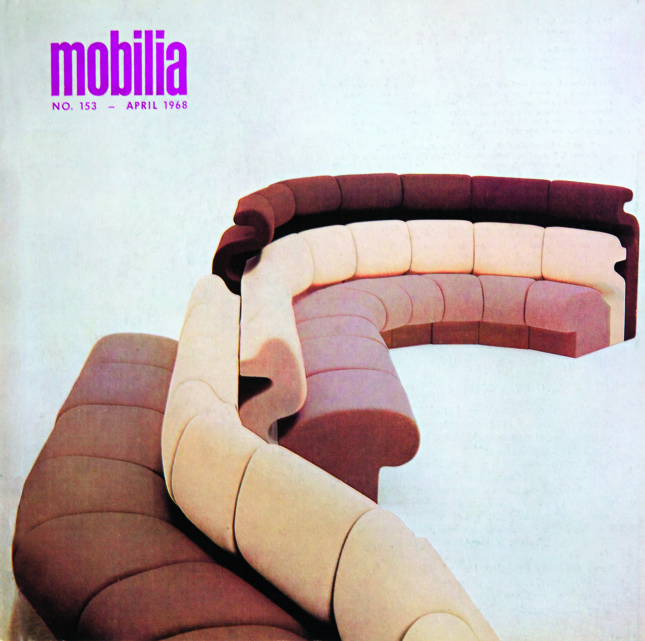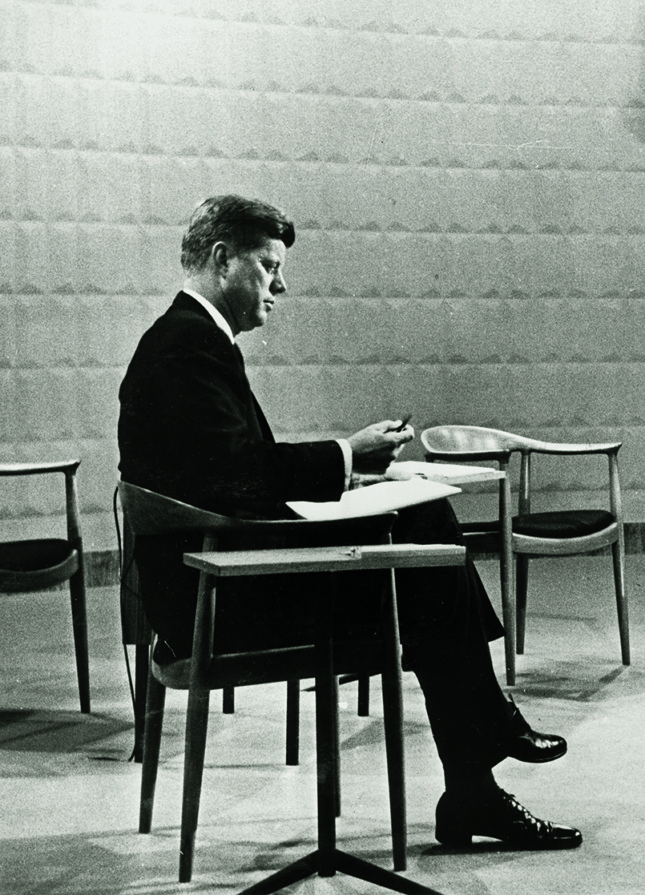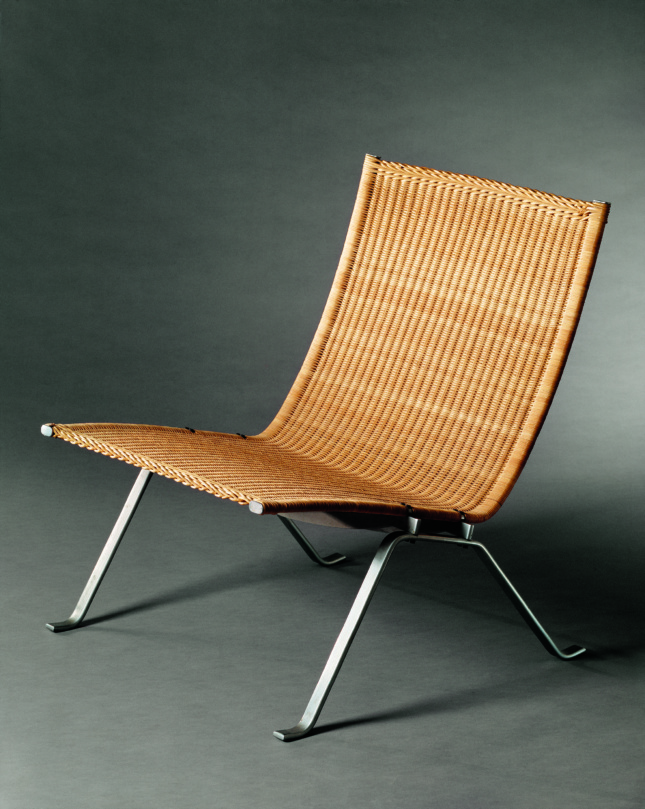Midcentury modern design has surged back into fashion in the past decade. In a time of economic uncertainty, many in the furniture and interiors industries are adopting the restrained aesthetic as a reassuring alternative to the opulent and overly expressive styles of the late 1990s and early 2000s. Though renowned designers from many countries played major roles in shaping this movement in the 1940s, ’50s, and ’60s, Danish icons like Arne Jacobsen, Finn Juhl, Verner Panton, Børge Mogensen, and Hans J. Wegner are often credited as its catalysts. Today, Danish brands like Hay, Muuto, and PP Møbler have capitalized on the renewed interest in the country’s design prowess.

Copenhagen-based Strandberg Publishing has just released two books that explore the topic. In Furniture Boom: Mid-Century Modern Danish Furniture 1945-1975, historian Lars Dybdahl surveys the full trajectory of the midcentury modern movement in Denmark, situating iconic furniture pieces in a larger cultural context. Across 13 chapters, the anthology highlights key trends as well as social, aesthetic, and technical topics. While chapter 2 investigates the disparity between high-end and accessible design, chapters 4, 5, and 6 consider different materials and production techniques that were championed and refined during the period: lamination, padding, wicker, etc. The last few chapters look at different scales of context and use: children’s and office furniture alongside Space Age influences. While the book takes an academic tone, it’s multifaceted approach paints a holistic picture. Throughout, archival product and interior images, advertisements, and drawings help illustrate the full story.

In The Danish Chair: An International Affair, author Christian Holmsted Olesen analyzes the chair archetype. As one of the most complex and contested objects, the chair often signifies a make-or-break moment for designers and serves as a touchstone throughout evolving careers. In the book, Holmsted Olesen positions Danish design at the center of an international and historical dialogue. The author reveals how celebrated midcentury modern chair designs by Danish icons took inspiration from history and abroad. Certain chapters explore the influence of Chinese and English traditions, while others identify different typologies: folding, low, easy, bentwood, shell, cantilever, etc. The book also looks at how the country’s design scene gained international recognition in the early 1950s and how that drove its designers to perfect the chair. Holmsted Olesen is the head of exhibits and collections at Designmuseum Danmark and mounted a permanent exhibition of the same name in 2016.
















